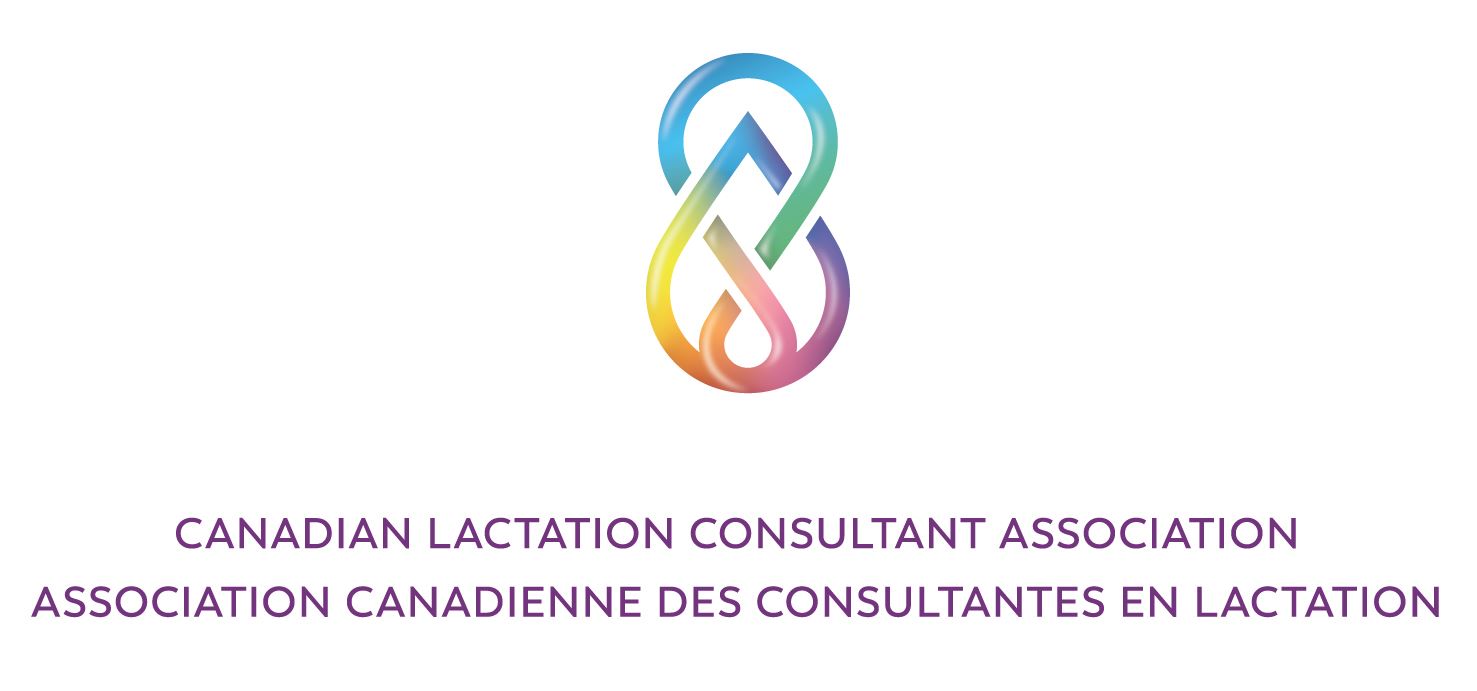Pamela Drynan, RN, BScN, IBCLC , Ontario
Recently, I had the pleasure of speaking with first-time mothers at an organized mommy group within our local community centre. Many of the mothers discussed challenges that they have overcome to reach beyond their initial goal of 6 months of breastfeeding, and now, eight to twelve months in, they are planning their return to the workplace and are worried about sustaining breastfeeding. Most mothers described various mixed emotions and thoughts on how to proceed within the breastfeeding relationship, unsure if they should just wean due to perceived challenges of pumping within their workplace and intimidation of approaching their employers about “extra break time to pump” or “clean places to store milk”. Some disclosed that they have been in contact with their employer who has already given her a hard time about pumping in the workplace and coordinating her schedule (ie: off-site job duties, meetings, training etc). Some plainly stated that the thought of managing breastfeeding in their workplace was just not worth the stress. I came prepared to the session with resources on pumping and storing milk, decreasing the risk of plugged ducts and mastitis, human rights within the workplace in regard to breastfeeding, and various methods of weaning. I planned how I was going to present the material and facilitate “rich discussion”. However, I was not prepared for the anxiety the women expressed and the negative thoughts they had on how they would proceed with breastfeeding within their workplace. I knew it’s our right to breastfeed for as long as we desire. But despite the policies and human rights code to protect breastfeeding families, the discrimination and disempowerment that still exists for women in the workplace was just as real as the struggles women experience at the beginning of their breastfeeding journey such as sore nipples, low milk supply, supplementation, and lack of support, just to name a few.
Multiple research efforts have demonstrated that hospital practices impact breastfeeding. The Baby-Friendly Hospital Initiative (BFHI), that is built around the World Health Organization (WHO) and United Nations International Children’s Emergency Fund’s (UNICEF) 10 Step’s to Successful Breastfeeding, advocates that there is strong evidence to demonstrate a dose-response relationship between the number of steps the hospital adopts and breastfeeding outcomes. In Rouse & Ferrarello’s 3 quality project, results indicated that only one third of the families were still breastfeeding at 3 weeks postpartum (2019) 4. In Canada, data reports that nearly 25% of the families at one month postpartum have stopped breastfeeding 1. Across the nation as well as internationally, policy makers and leaders continue to advocate for improved breastfeeding outcomes. Ladores et al 2 discuss in their article, Breastfeeding Women in Academia: Pursuing Tenure Track versus “Mommy” Track, how imperative it is for health care professionals to ensure that we target improving the transition for women back into the workplace while sustaining breastfeeding (2019) 4. This article was helpful for me in conceptualizing the difficulties women face as they return to work. Ladores et al 2 indicate specific applications for practice as follows: 1) Improved and standardized family leave policies, 2) Improved workplace infrastructure, 3) Flexibility in work schedule and structure, 4) Equal opportunity to advance on the tenure track, 5) Establishment of onsite daycares, 6) Supportive policies clearly communicated and enforced, and 7) Change in attitude and culture (2019) 4. Some things to consider for moms pumping in the work place include mothers who have difficulty with mechanically expressing milk due to supply or nipple pain, but also environmental challenges such as lack of private rooms that have a locked door, electrical outlet, comfortable chair, table, and running water, as well as adequate break time to complete pumping session (typical session requires up to 30 minutes). Many employers require employees to attend lengthy meetings or days long conferences, all of which can propose challenges physically for a woman maintaining breastfeeding plus host a variety of stigmas within the workplace. Each place of employment is unique as is every family, however a standardized, collaborated effort to ensure that equal social justice and health outcomes are achieved for all families are an important aspect of advocacy for Lactation Consultants across the globe. Ledores et al 2 also indicate that although the article specifies women in academia, they report that these recommendations can be applied to all women in all work settings (2019) 4.
I am grateful that Clinical Lactation journal supports the growth and development of the practicing Lactation Consultant to ensure that we can continue to support families at all stages of the breastfeeding journey. Share your journey of professional growth as you read the Clinical Lactation journal on our social media: Facebook, Instagram, Twitter. Log in to the CLCA Members portal here to access the latest Clinical Lactation Journal issue.

References:
1. Government of Canada: Chapter 6: Breastfeeding: Retrieved on April 23, 2019.
2. Ladores et al: Clinical Lactation, 2019, 10(1).
3. Rouse & Ferrarello: Clinical Lactation, 2019, 10(1).
4. Clinical Lactation Journal (2019)
